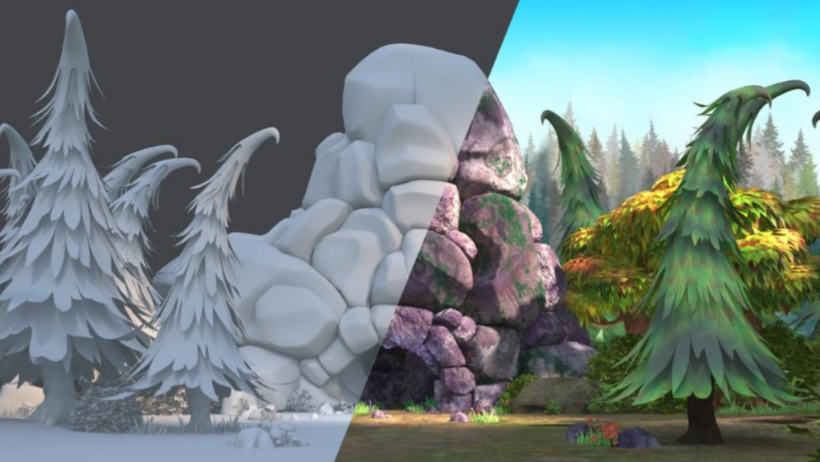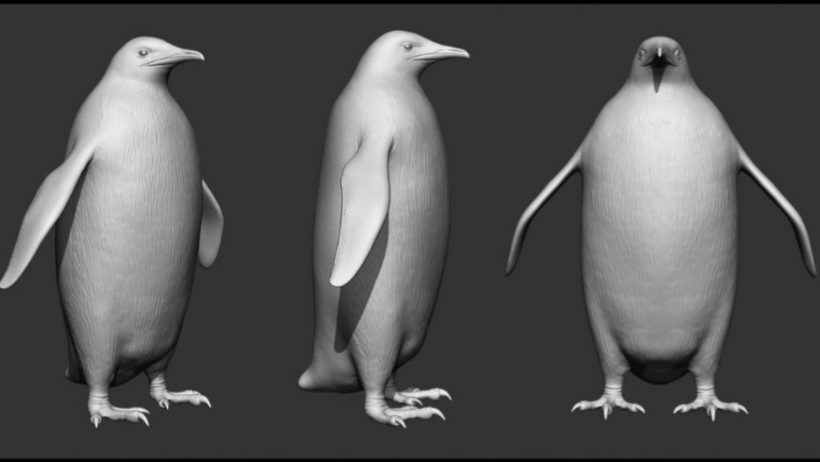In today’s digital world, movies, games, and advertisements use visual effects (VFX) to make their content more exciting and believable. But behind every explosion, monster, or fantasy world is a carefully organized process called the VFX pipeline.
At 3S Cloud Render Farm, we work with artists and studios every day who rely on this pipeline. So let’s break it down into simple steps to help you understand how a visual masterpiece comes to life.
Step 1: Planning and Pre-Production
To begin with, every VFX project starts with a clear plan. The VFX pipeline always begins long before rendering starts.

- Script and Concept
First, the creative team reads the script. Then, they highlight scenes that will require visual effects. At this point, concept artists begin visualizing how these moments should look. - Storyboards and Previs
After that, artists draw storyboards or create basic 3D previews. These tools help directors and animators plan camera angles and action sequences early on. - Technical Planning
Next, project leads define the technical requirements. They choose the tools, assign roles, and set up the rendering workflow — often supported by 3S Cloud Render Farm.
>>> Read more: Discover What’s New in 3ds Max 2026: Features, Performance, and More
Step 2: Production – Shooting the Live Footage
Now the team captures the raw footage.

- Green Screens and Tracking
Filmmakers shoot actors in front of green screens. They add tracking markers to align CG elements later. - Motion Capture and Camera Data
The crew records motion and camera movements. These details help 3D artists match digital effects to live-action footage. - On-Set Supervision
VFX supervisors guide the shoot. They make sure the footage includes everything needed for post-production.
Step 3: Post-Production – The Real VFX Work
This is where the magic happens. The VFX pipeline becomes very technical in this stage.
- 3D Modeling
Artists build digital characters, props, and environments. These models will later move and interact in the scene. - Texturing and Shading
Surfaces get their look — from rusty metal to glowing skin. This step adds realism. - Rigging and Animation
Characters get digital skeletons (rigs) so they can move. Animators bring them to life. - Simulations
Effects like fire, smoke, water, or cloth are created using physics-based simulations. - Lighting
Digital lights are added to match the real-world footage. Proper lighting makes CGI feel real. - Rendering
All elements are processed into high-quality images. This step is the most time-consuming. That’s where 3S Cloud Render Farm helps — we make rendering faster and easier. - Compositing
All layers — live footage, CG, and effects — are blended into one seamless image. - Color Grading
Colors are fine-tuned to set the mood and unify all shots.
>>> Read more: Meet the New Face of 3S: Introducing the 3S Mascot!
Why the VFX Pipeline Matters

The VFX pipeline makes teamwork possible. Artists from different departments follow the same steps. This creates consistent, high-quality results.
Without a clear pipeline, projects can become messy, slow, and costly. With a good one, creativity flows, deadlines are met, and clients are happy.
How 3S Cloud Render Farm Supports the VFX Pipeline
At 3S Cloud Render Farm, we support teams at the most critical point of the VFX pipeline — rendering. Since rendering can slow down a project, we provide cloud-based tools that are fast, scalable, and easy to use.
Whether you’re an independent creator or a full-scale studio, our platform helps you render final frames quickly and securely. As a result, you can focus on creativity while we handle performance and delivery.
The VFX pipeline is more than just software and steps. It’s a creative journey from idea to final frame. Each phase needs focus, skill, and the right tools.
And when it comes to rendering — the final push — 3S Cloud Render Farm is here to power your vision.
Let’s make your next project shine.
